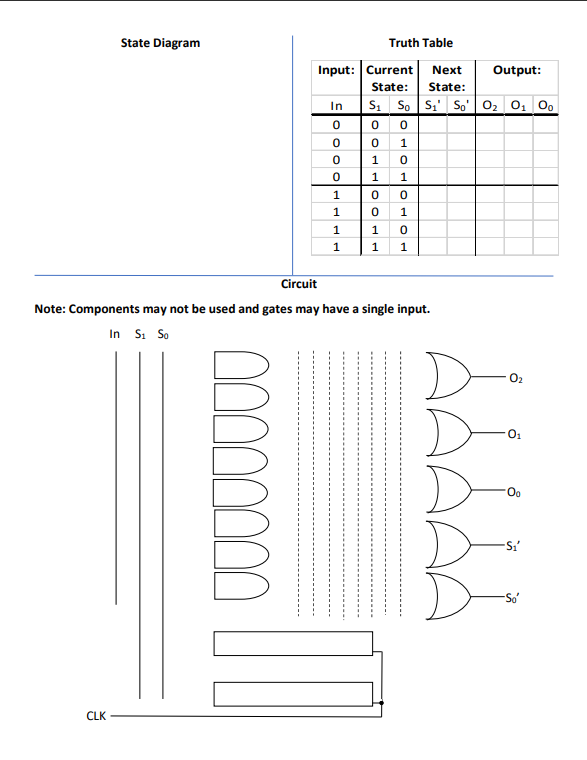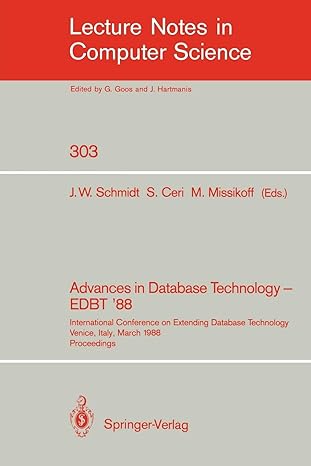Answered step by step
Verified Expert Solution
Question
1 Approved Answer
Flappy Bird Project Description Imagine that you are designing a game that requires a player to control a bird's vertical flight. Pressing the spacebar flaps
Flappy Bird
Project Description
Imagine that you are designing a game that requires a player to control a bird's vertical flight. Pressing the spacebar flaps the bird's wings causing it to fly higher. If the player doesn't press the spacebar within a certain amount of time, then gravity pulls the bird lower. Let's divide the screen vertically into regions: with being the region closest to the ground and being the region highest in the air as illustrated below. Pressing the spacebar corresponds to an input of and the bird flies to the next higher region. Not pressing the spacebar corresponds to an input of and the bird sinks to the next lower region.
We can indicate the region where the bird is located using two bits: Outputs O O During Time in the picture below, bits O and O since the bird starts in region closest to the ground. Notice how these two region bits change in the illustration below as the bird flies and sinks due to the input in the second last row.
What happens if the bird sinks below region If the spacebar isn't pressed when the bird is already in region it will stay in region since it can't sink any lower.
What happens if the bird flies above region Let's change the level of the game! We can use another bit: Output O to represent transitioning to a new level in the game, starting back in region and needing to fly up to region again. We won't worry about tracking which game level we're on Rather, we'll just output when a level change occurs.
For the input sequence the game outputs the sequence as shown in the last row of this illustration:
pbird.png
FSM Description
This simple game can be implemented as a finite state machine FSM For this project, you need to design the combinational and sequential logic circuit that implements this FSM
OUTPUTS: O O O
O O represent the current state in binary, where O is the least significant bit and O is the most significant bit. For example, when the current region is the FSM should output O and O
O represents the level change. It is only when the current state is and the input is
INPUT: In
In increments the state. However, if the current state is then there is a level change, so wrap around to state
In decrements the state. However, if the current state is then remain in state
Requirements
First, get a copy of this template file Download template file, which you're required to fill in to complete your design. It helps you structure your work and it helps us with grading.
Do the parts of your design in this order:
PART : Design the state diagram for the FSM described above. Outputs O O O do not need to be indicated in part
PART : Fill in the truth table to correspond with the logic specified above.
PART : Draw the logic circuit that implements the design.
Make sure to put a clear dot on all connections of or more incoming lines.
Note that the circuit template might have extra components that aren't needed for the design.
If you know how to simplify logic from another class, DO NOT simplify this problem.

Step by Step Solution
There are 3 Steps involved in it
Step: 1

Get Instant Access to Expert-Tailored Solutions
See step-by-step solutions with expert insights and AI powered tools for academic success
Step: 2

Step: 3

Ace Your Homework with AI
Get the answers you need in no time with our AI-driven, step-by-step assistance
Get Started


